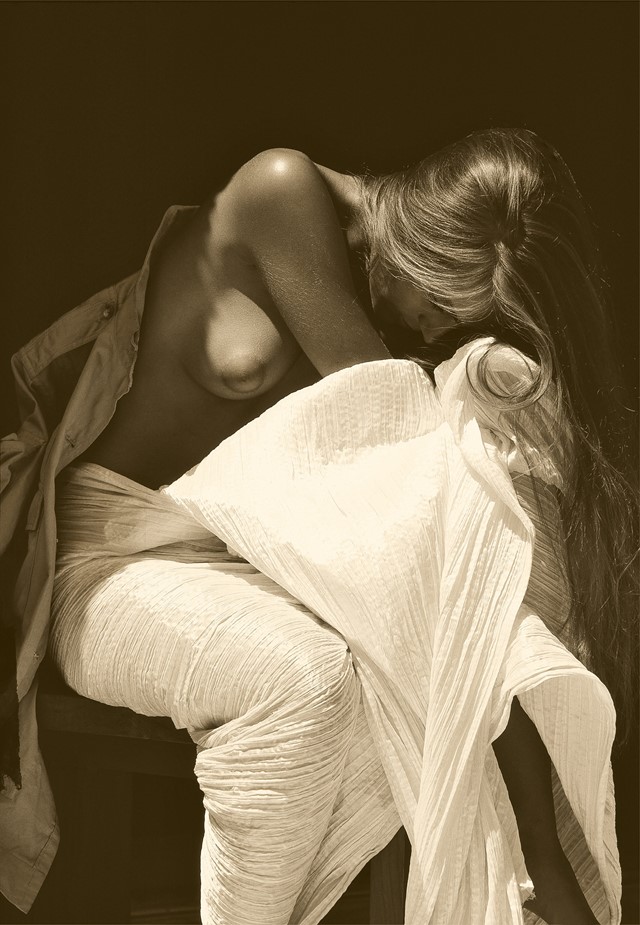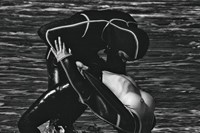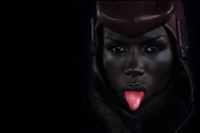From his stubborn resistance to retouching to his celebration of sensuality, Francis Giacobetti has made a tangible mark on photography, as a new Assouline-published book illustrates
Who? Francis Giacobetti is considered to be one of the most revolutionary photographers of all time, and is predominantly known for his images of female nudes and portraits of myriad celebrities including Brigitte Bardot, Jane Birkin, Grace Jones and Francis Bacon. He was born in Marseilles in 1939, and is entirely self-taught, taking his first photograph of a car at the start of the Monte Carlo Rally when he was only 12 years old. Giacobetti grew up among the stifling austerity of post-second world war France and recalls spending his teenage years hanging around the streets of Paris with his friend Jean-Paul Goude, talking of nothing but sex. Soon, the awakening these young photographers had yearned for hit with full force, as the 1960s brought about the liberal boom that encouraged freedom of expression and sexuality, and paved the way for Giacobetti’s career as a prolific purveyor of female flesh.
What? Although Giacobetti worked for a wide range of publications including Life, Look and Paris Match, he found true fame as the resident photographer for Lui, the French answer to Playboy. Here, Giacobetti fulfilled his fantasies with images that ranged from the sensual and erotic to the witty and comical. He was inspired by pin-ups and the glorious trappings of Americana, but despite having made over 600 trips to the US in his lifetime, he has always preferred to envisage his fictions from afar, turning down permanent job offers at Playboy, Penthouse and a new venture with Hustler founder Larry Flynt. “In Paris,” he says, “a young girl would come to do some photos and I would try to build a fantasy around her. In Chicago, it was all Barbie dolls and makeup artists, hairstylists, et cetera. It wasn’t much fun – the girls looked like they were made of plastic.”
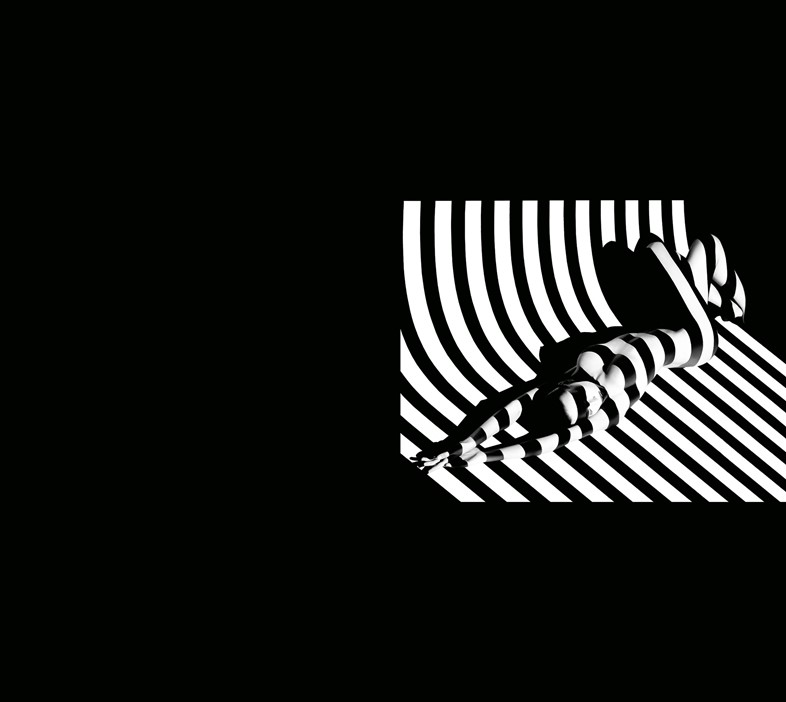
Giacobetti was always concerned with portraying a particular kind of intimacy, one that evoked a true connection with his subjects. He has attested to the importance of ‘comfortable positions’ involving minimal action, as his love of Kodachrome ASA 25 film required long exposure times – although some might dispute this claim when gazing upon some of his models’ more dramatic poses. For his Lui shoots he adamantly resisted retouching, something that was inescapable in the world of American softcore erotica.
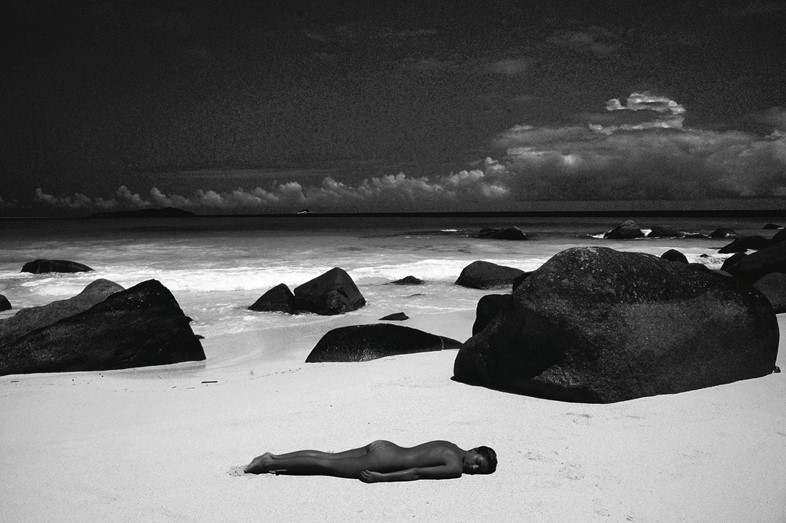
Why? Beyond his portrayal of nudes, Giacobetti’s true mastery is found in his command of light. His innate ability to use it to frame, highlight and illuminate the skin is exceptional, whether it be in the blazing sunshine on a Bahaman beach, or in the confines of a closed studio. His experimental techniques call to mind early Surrealist photograms; he has often manipulated coloured light sources to magnify the contours of the body, the results of which have served as inspiration for a new generation of photographers.
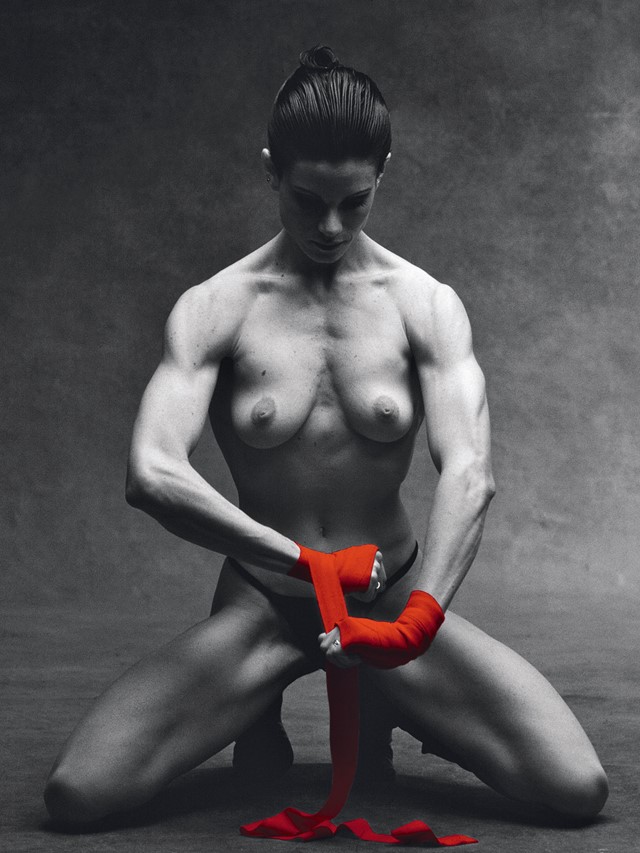
In his images of Lisa Lyons, a body-builder who was also Robert Mapplethorpe’s muse, he highlights her strength and power through violent flashes of red on an otherwise monochrome print. His playful disposition is also clear in his Zebra series, where light and shadow are used to draw thick lines across the female body. The collection originally started out as a commission for couturier Hervé Léger, known for his form-fitting bandage dresses. These incredible, minimal shots were made with a single, powerful light and aluminium strips, creating lines that abstract the body while maintaining an inherent sensuality. Léger rejected the results, for what were considered to be sadomasochistic tones (“the girl looked to them like she was strapped down!” says Giacobetti) but the ensuing project became a marker for his pioneering abilities as a master of light and flesh.
Giacobetti is out now, published by Assouline.
